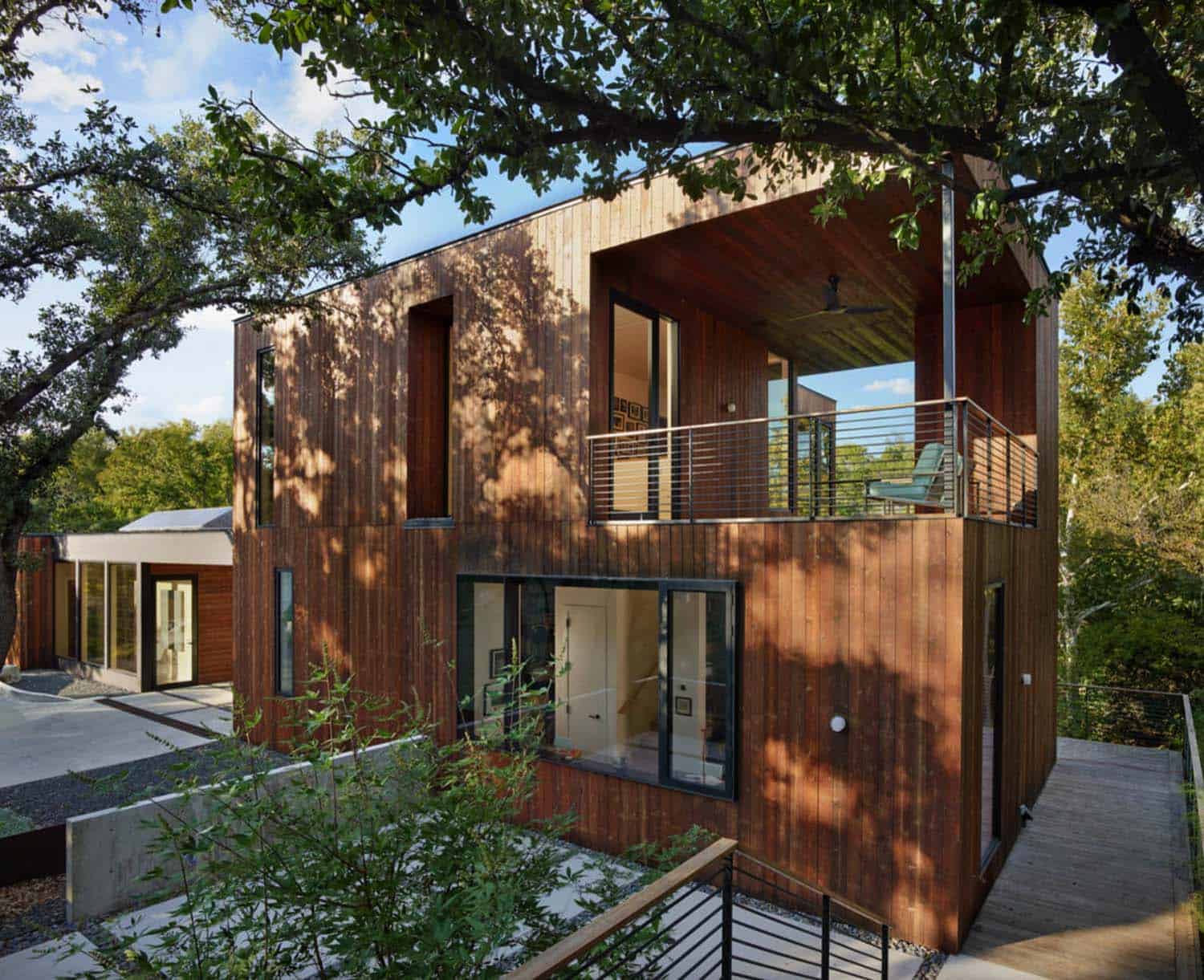Shop At Haya: Your Ultimate Shopping Guide
Discover the best shopping tips, trends, and deals for a smarter buying experience.
Sustainable Spaces, Happy Faces
Discover how sustainable design creates joyful spaces. Unlock tips for eco-friendly living that brings smiles to your home and community!
Creating Eco-Friendly Home Environments: Tips for a Sustainable Lifestyle
Creating eco-friendly home environments is essential for adopting a sustainable lifestyle. By making conscious choices in our everyday routines, we can significantly reduce our carbon footprint and promote a healthier planet. Here are some effective tips to consider:
- Use Energy-Efficient Appliances: Opt for ENERGY STAR-rated appliances that consume less electricity and water.
- Incorporate Natural Light: Maximize natural light by using windows effectively, which can reduce dependence on artificial lighting.
- Choose Eco-Friendly Materials: When renovating or decorating, select materials like bamboo, recycled glass, and reclaimed wood.
Another impactful strategy for crafting a sustainable living space involves mindful consumption and waste management. This can be achieved through:
- Reducing Waste: Embrace a zero-waste philosophy by using reusable bags, containers, and avoiding single-use plastics.
- Composting: Create a composting system for organic waste like kitchen scraps to enrich your garden soil.
- Mindful Shopping: Purchase products from local and sustainable brands to support green initiatives.

The Benefits of Biophilic Design: How Nature Improves Our Well-Being
Biophilic design integrates natural elements into the built environment, fostering a deeper connection with nature that can significantly enhance our well-being. Research has shown that when individuals are exposed to natural light, greenery, and natural materials, it leads to reduced stress levels, improved mood, and increased productivity. By incorporating features such as indoor plants, living walls, and large windows that offer views of nature, designers can create spaces that not only look beautiful but also promote mental clarity and emotional stability.
Moreover, the integration of biophilic elements has practical benefits beyond aesthetics. For instance, workplaces designed with nature in mind can lead to heightened creativity and better collaboration among team members. Studies indicate that environments enriched with natural features can increase focus and cognitive function, making it easier for individuals to engage in complex tasks. Ultimately, biophilic design isn't just a trend; it's a powerful approach to architecture and interior design that prioritizes our health and enhances our quality of life.
What Does a Sustainable Space Look Like? Key Elements to Consider
A sustainable space embodies a harmonious blend of functionality and eco-friendliness, designed to minimize environmental impact while maximizing user experience. Key elements to consider in crafting such a space include energy efficiency, which involves the use of renewable energy sources such as solar panels and wind turbines. Additionally, incorporating biodegradable materials in construction and furnishing helps reduce waste and promotes a healthier environment. Diverse green practices like rainwater harvesting and energy-efficient lighting systems further contribute to the sustainability of a space, ensuring that it meets both current and future needs.
Another crucial aspect of a sustainable space is its design, which should encourage biodiversity and promote well-being. Integrating green spaces such as gardens, living walls, and green roofs not only enhances the aesthetic appeal but also improves air quality and provides habitats for local wildlife. It's also essential to prioritize flexible layouts that can adapt to changing uses and the needs of the occupants. By embracing these fundamental concepts, a sustainable space can foster a sense of community while serving as a model for eco-conscious living.